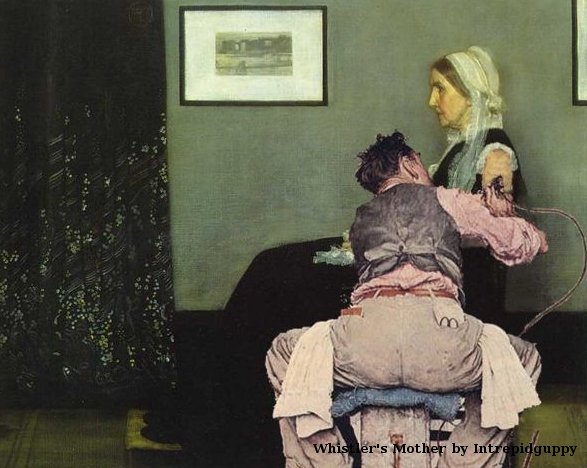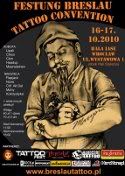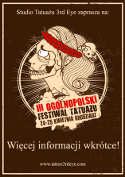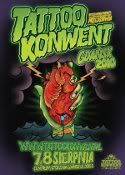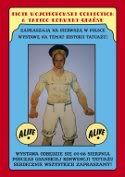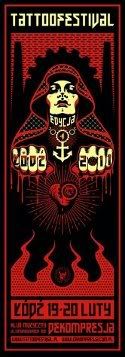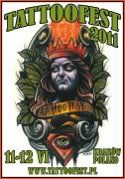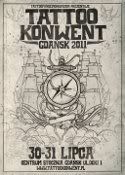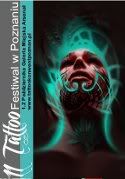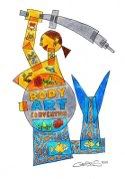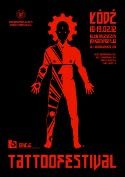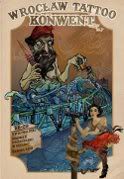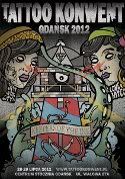 |
| Juanita |
Wytatuowane Kobiety to owoc współpracy Christiny Theisen i Eleni Stefanou. O swoim projekcie mówią: "Tatuujemy się by wyrazić siebie, by zatrzymać pamięć o czymś, by oddać cześć umarłym albo by zmienić to co dała nam natura - by odzyskać kontrolę.
Tak jak inne elementy naszego wyglądu, tak i tatuaże nawiązują do tego jak żyjemy i opowiadają naszą historię. Kobiety - których wytatuowana historia jest znacznie krótsza - tatuują się z chęci przełamania stereotypów piękna, kobiecości czy płciowości jako takiej.
Pokazujemy kobiety wraz z ich tatuażami, próbując tym samym uchwycić ich osobowość, zamiast jak wszędzie skupiać się na samym tatuażu. Naturalnym środowiskiem i współczesnym klimatem świadomie odcinamy się od estetyki rozerotyzowanych modelek które zdominowały tatuażowe magazyny i kulturę popularną.
Kobiety które podzieliły się z nami swoimi historiami tatuowały się w przeróżnych momentach swojego życia. Od pracy w marynarce handlowej w 1950, po wyjście z nałogu narkotykowego, od leczenia serca po rozpadzie długoletniego związku, po chęć pokazania, że nie ma sensu oceniać kobiety po wyglądzie.
O tatuażu często mówi się, że jest oklepany i banalny; są nawet tacy, którzy twierdzą, że porządna kobieta nigdy nie zdecydowałaby się na tatuaż ("dziara blachary" wciąż jest żywym określeniem). My jednak wierzymy, że niezmienność i niezmywalność tatuażu świadczy tylko o tym, jak wielką ma wartość jako środek komunikacji i wyrażenia siebie".
ENG:
Women with Tattoos is a collaboration between Christina Theisen and Eleni Stefanou. As they state: "We get tattoos to express creativity, to evoke a memory, to pay tribute to the deceased, or to change what we feel nature has imposed on us – to take back control.
As with other aspects of human appearance, tattoos come with a social context and a personal story. For women – who have had a different and shorter relationship with inked skin – tattoos can and are used to challenge the limitations of ideals such as beauty, femininity and gender norms.
Our project seeks to capture the personal and the individual, embracing each woman and her tattoos as one, rather than isolating or magnifying the inked parts of her body. At the same time, by using
natural environments and the context of urban Western culture, we intentionally move away from the sexualised glamour model aesthetic that dominates tattoo magazines and popular culture.
The women who shared their stories with us acquired their tattoos through different paths – from setting sea with the merchant navy in the 1950s to overcoming drug abuse, from emerging from the ruins of a long-term relationship to showing the world that there is more depth and edge to a woman than her looks may reveal.
Tattoos are often described as banal and common; some people are even predisposed to the idea that tattoos are giveaways of class or promiscuity (we hear the term ‘tramp stamp’ still used today). In fact, we believe that their endurance through time and across cultures affirms their value as a means of expression and communication".
 |
| Elise |
 |
| Candy |
 |
| Jet |
 |
| Tanya |
 |
| Sarah |
